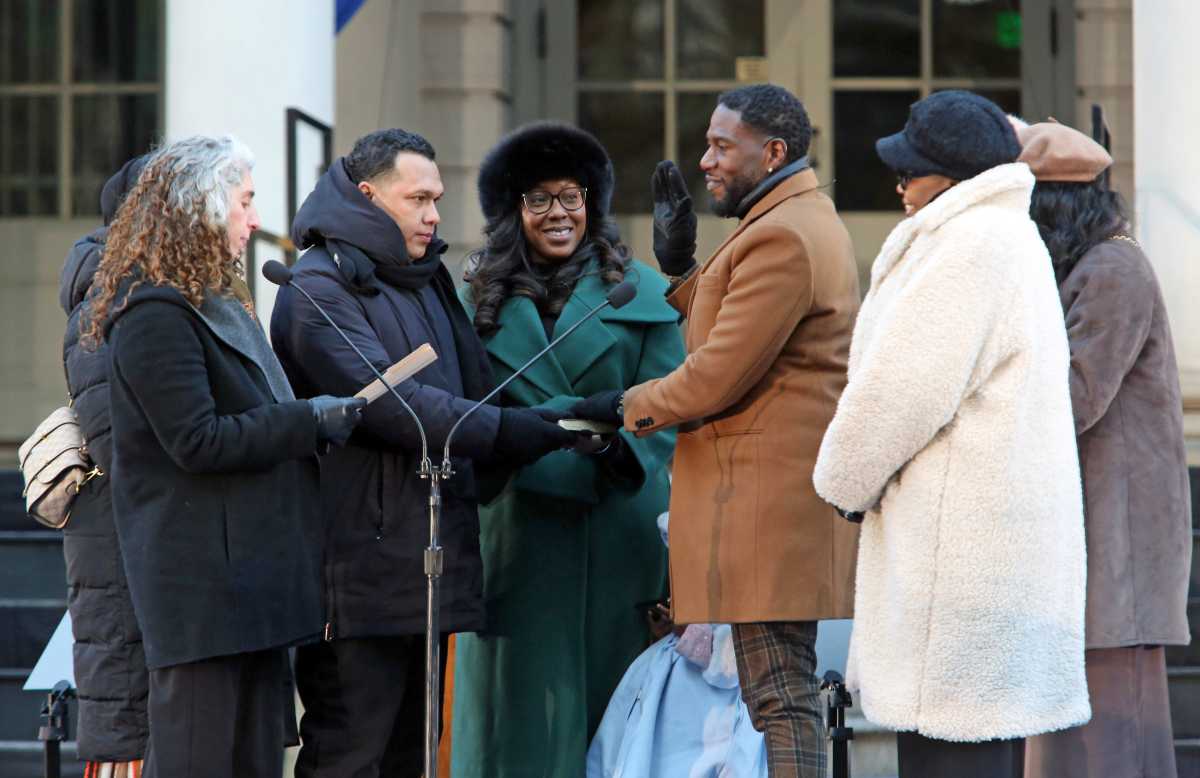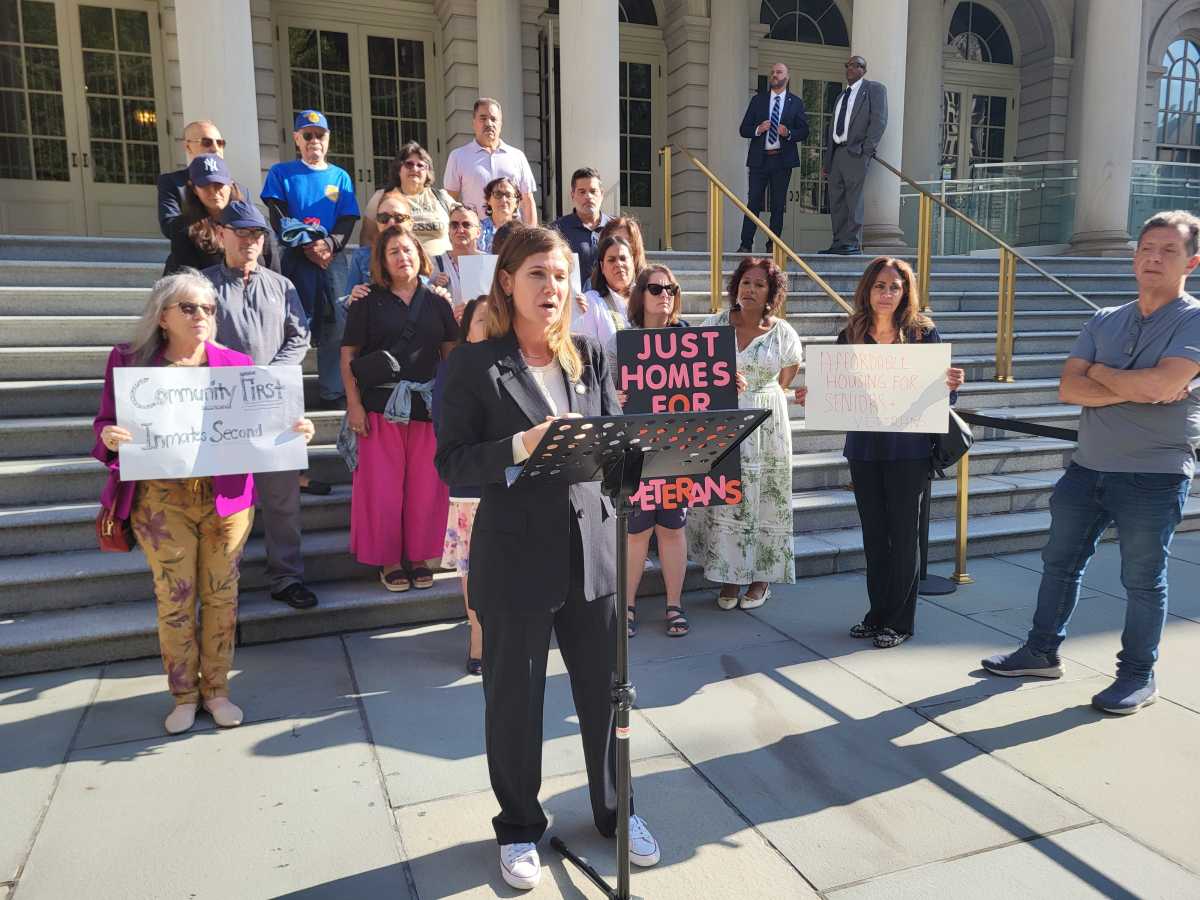Most everyone knows that the president selects federal judges subject to the U.S. Senate’s confirmation. .
Yet around the country, state court judicial candidates are either elected by the voting public, appointed by the Governor or in two states – South Carolina and Virginia – the state legislature votes them in. In South Carolina and Virginia, the legislature votes on a particular judicial candidate following the State’s nominating commission or evaluation commission approval. And, in Vermont a hybrid structure is in place. There, there the Governor appoints judges to the bench and the Vermont Legislature holds retention elections for reappointment following the judge’s six-year term.
Judges of the various New York State Courts are either elected by the voters or are appointed by the Governor or the Mayor of New York City. Judges of the New York State Court of Claims, Supreme Court, Appellate Divisions or Court of Appeals are appointed by the Governor and are subject to confirmation by the New York State Senate. Judges of the New York City Civil Court, Criminal Court and Family Court are appointed by the New York City Mayor; confirmation by the New York City Council is not a requirement. Some Civil Court Judges are in fact elected.
Its time to seriously consider rotating the judicial appointment authority, now vested in just two elected public officials and to include several other electeds. Its time to rotate among the governor, attorney general and the state comptroller the authority to fill judicial vacancies. And, further its time to share judicial appointment authority to place judges on the Civil Court, Criminal Court and Family Court among the Mayor, the New York City Comptroller and the New York City Public Advocate.
By expanding judicial appointment authority from two people to six persons, a wider and more diverse selection can be had. Power would be shared among six elected public officials instead of being concentrated among two elected public officials as is now the case.
In South Carolina, Virginia and Vermont the long-standing practice has been to involve a larger segment of officials (read: State Legislature) and not just the Governor. The same underlying idea of wide-spread involvement is presented in the dozens of States who hold elections for judges. There again, the goal is the take the power away from any one person.
Let the public discussion begin on how New York can take away the judicial appointment authority from two people and spread around the judicial appointment authority.










